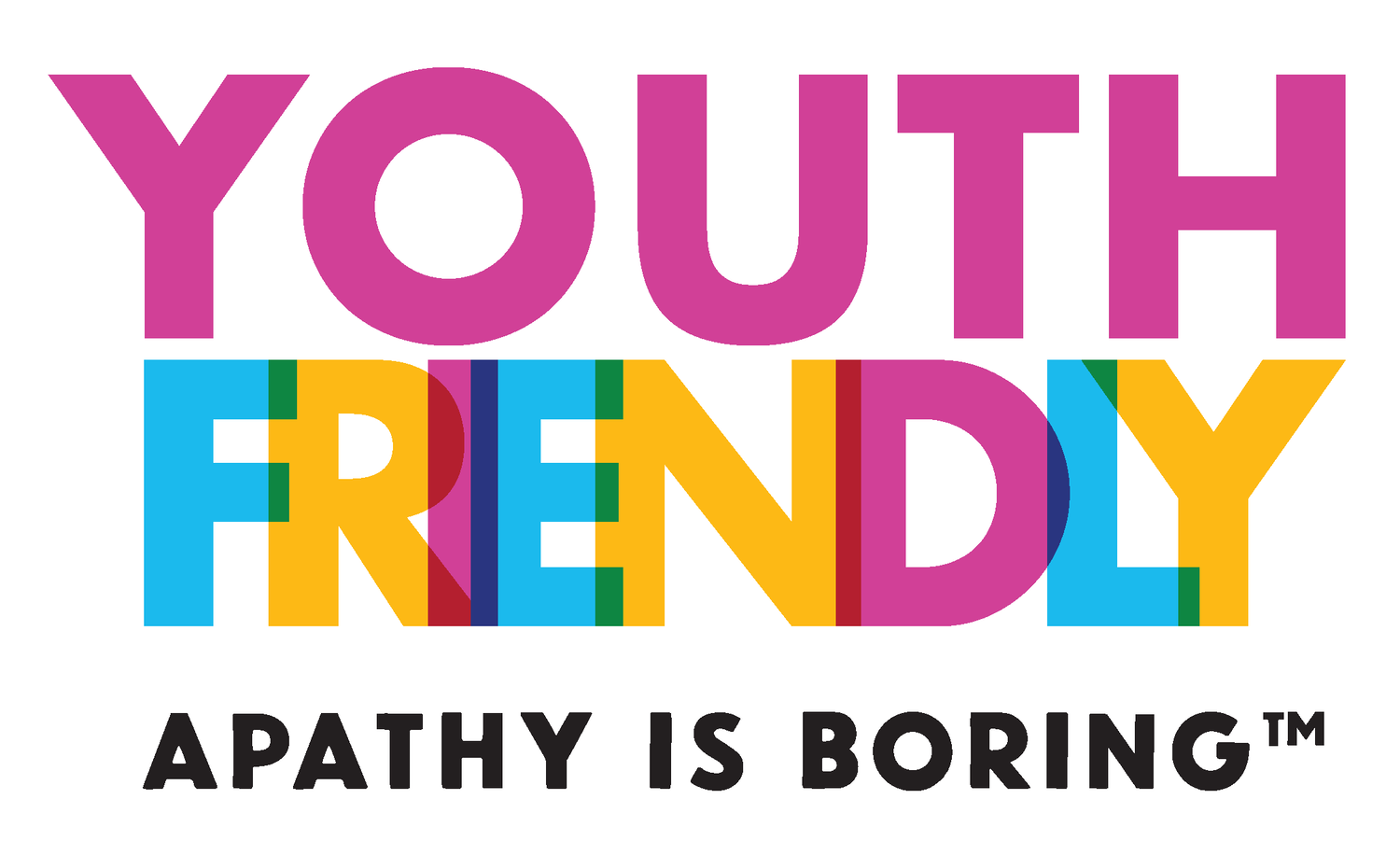INTENTIONAL NOT REACTIONAL
A GUIDE TO AVOIDING TOKENISM WHEN ENGAGING YOUTH
We don’t like talking about it, but we have to. Tokenism happens more often than we care to admit, and it affects everyone involved. The result is frustration and disappointment both for the organizations involved and for the youth they’re trying to engage.
Understanding what tokenism looks like is the first step to avoiding it in your youth engagement efforts. The tips below will help you steer clear of this duplicity and develop genuine opportunities for youth to meaningfully impact decision-making in your organization.
What is Tokenism?
The superficial involvement of a group in the decision making process in ways that keep them powerless, under-informed and unaccountable.
In the context of youth engagement, tokenism has three different outcomes:
For older adults it often satisfies the need to “feel good” by doing something to engage youth, but without taking on the real challenges or adjustments involved in a meaningful initiative, it won’t create lasting impacts or improvements on your work.
For youth it is both stifling and belittling. Tokenistic involvement not only fails to develop true leadership capacities among youth, but causes frustration, cynicism, and may lead to future disengagement.
For organizations it means that an intergenerational partnership will have few lasting benefits. A token young person may look good on your press release, but they probably won’t become a lasting supporter or promote your organization amongst peers
How to steer clear
To keep your youth-friendly initiatives free of tokenistic involvement, use this guide as a checklist:
Be specific about the structures and results your organization wants to create. Unclear ideas about involving youth are most likely to be tackled by easy, tokenistic approaches. Do the research, concretely plan out your approach, and invest in thought-out outreach and engagement efforts.
One young person doesn’t represent youth at large. If your organization wants real representation from a group as diverse as youth, you have to understand that young people do not have a monolithic identity and reach outside your usual contacts and make space for new faces.
Be careful with “consultations”. It’s fine to use the consultation model for some projects, as long as there is accountability and transparency about how young people’s ideas are being considered and implemented. Otherwise, youth may feel that they’re just being used to justify existing plans.
Hire multiple young people to expand the scope of your engagement program and strengthen retention. Young, paid volunteers are most likely to stick around when they share a social experience with people of their own age(1). Key word here: paid.
Keep track of retention. Consistently record how long staff and volunteers stay with your organization, and conduct exit interviews or surveys when they leave. This will help you identify your organization’s strengths and weaknesses in terms of lasting youth engagement.
Ask questions and accept feedback. Take the time to ask youth what works, what doesn’t, and what they need from you—and let them know how they’re performing. Regular, quality feedback in both directions can spell the difference between a fizzling one-off project and a self-correcting, transformative shift within your organization.
Provide accessible training before meetings. Give young people background information and explain acronyms or complicated terms before they arrive in the room. Of course, it’s still important for them to know they can ask for clarification at any time.
Actively encourage participation and make room specifically for youth in meetings. An “open floor” or “open door” policy isn’t necessarily equally open to everyone. Without a proactive approach, many people— including youth—may feel intimidated, out of place or that they don’t have enough experience to share.
Be aware of who speaks in meetings. It’s a general best practice to keep track of who has already spoken in a meeting and encourage less vocal participants to contribute. You can assign a facilitator to manage the list of speakers and count the contributions from different participants. Always promote a healthy and intergenerational exchange of ideas.
Involve youth as early as possible, ideally at the very beginning of budgeting and program design. Not only does this help prepare youth for leadership roles, but their input also makes for better programs and services meant to be delivered to them and their peers. Your goal should be to involve people in a bottom-up planning process rather than present them with already made plans.
Check if your decision making process has changed. When you genuinely engage new voices and diverse perspectives in discussions, you will inevitably have to work more dynamically, creatively, and collaboratively. Expect to receive questions and experience some challenges—they’re a sign that your organization is adapting.
It’s never too late to involve youth in an organization or program. Just remember that rather than a quick fix, you need to evaluate how your organization works and be open to new ideas from the youth you engage. You’ll be glad you did.
Remember
We’ve all seen superficial youth engagement projects. You know the kind: an organization invests a few hundred dollars into dragging a few young people along to a press conference. Tough questions about youth involvement are deflected by pointing to this youth engagement fund, but without addressing things like organizational renewal, innovation, or transition planning.
Tokenism is hard to recognize from the majority perspective. Tokenistic practices are rarely intentional and you can’t rely on gut instinct. Instead, carefully reflect on your youth engagement process and ask for outside perspectives if needed. Being open to getting honest feedback is the best way to make sure you’re on the right track.
(1)- Hientz et coll., « Bridging the Gap: Enriching the Volunteer Experience to Build a Better Future for our Communities—Summary of Findings of a Pan-Canadian Research Study. » 11.